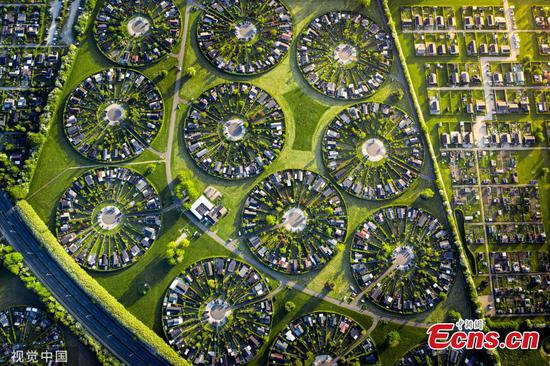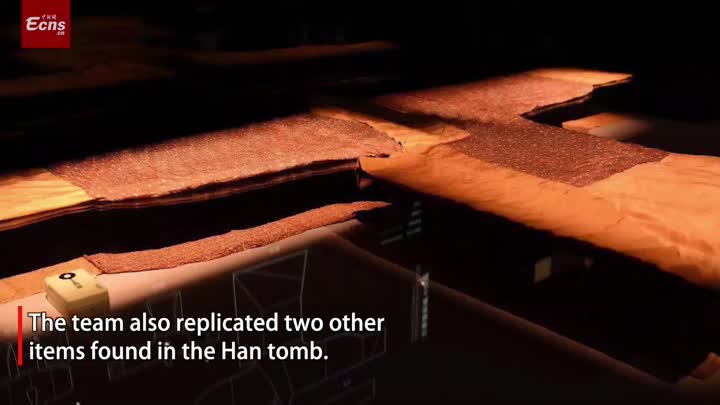
A view of a forest of desert poplar or populus euphratica in the lower reaches of the Tarim River in Luntan County, Northwest China's Xinjiang Uygur Autonomous Region. The county is home to 436,000 mu of desert poplar, making it one of the best places to appreciate the unique desert flora, especially in autumn when the tree's leaves turn yellow. Since 2000, local authorities have dispatched water 20 times to help conserve the ecology of the park, a national 4A-level (Chinese second highest rank for tourist attractions) scenic spot. (Photo/China News Service)
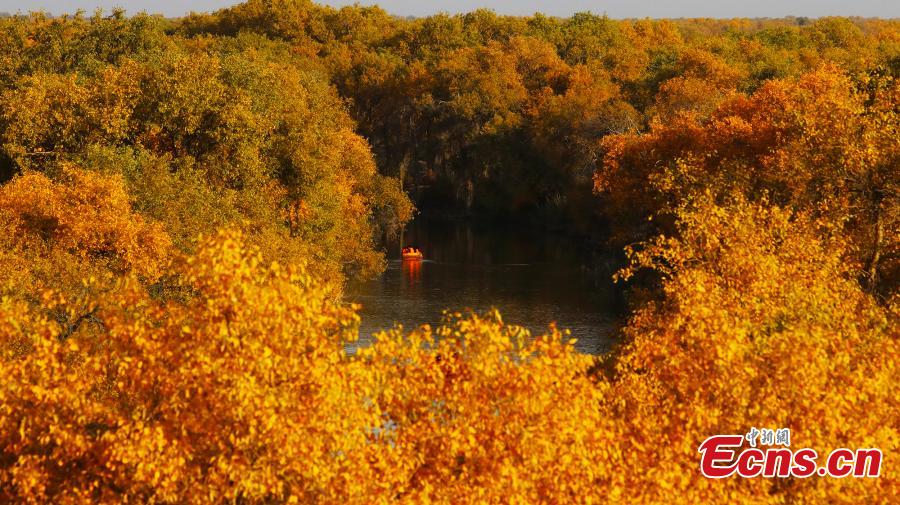
A view of a forest of desert poplar or populus euphratica in the lower reaches of the Tarim River in Luntan County, Northwest China's Xinjiang Uygur Autonomous Region. The county is home to 436,000 mu of desert poplar, making it one of the best places to appreciate the unique desert flora, especially in autumn when the tree's leaves turn yellow. Since 2000, local authorities have dispatched water 20 times to help conserve the ecology of the park, a national 4A-level (Chinese second highest rank for tourist attractions) scenic spot. (Photo/China News Service)
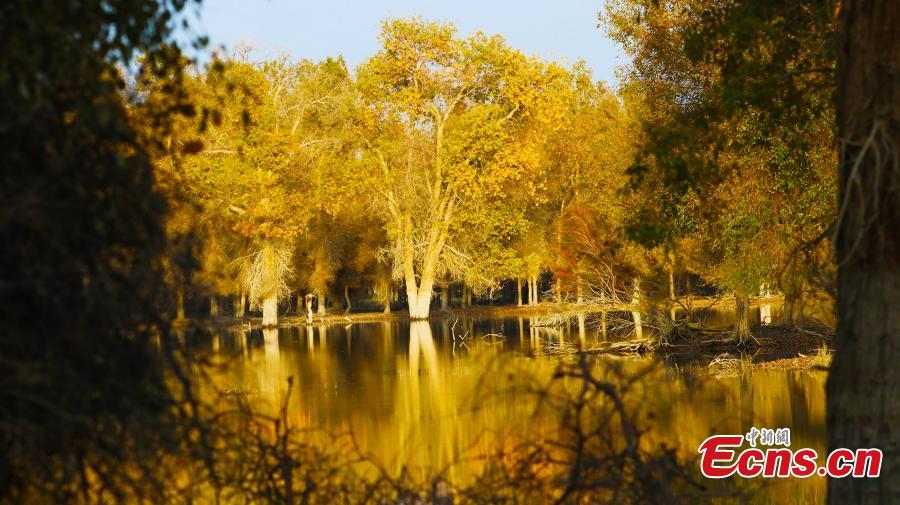
A view of a forest of desert poplar or populus euphratica in the lower reaches of the Tarim River in Luntan County, Northwest China's Xinjiang Uygur Autonomous Region. The county is home to 436,000 mu of desert poplar, making it one of the best places to appreciate the unique desert flora, especially in autumn when the tree's leaves turn yellow. Since 2000, local authorities have dispatched water 20 times to help conserve the ecology of the park, a national 4A-level (Chinese second highest rank for tourist attractions) scenic spot. (Photo/China News Service)
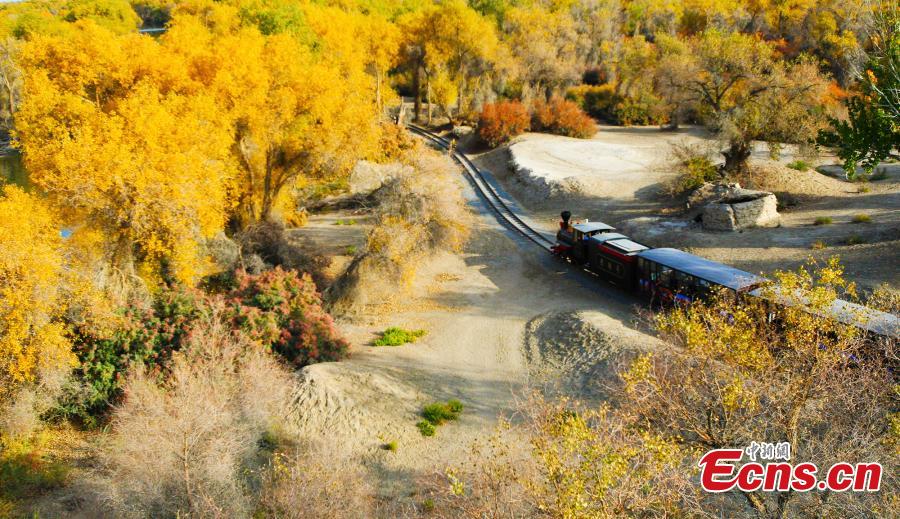
A view of a forest of desert poplar or populus euphratica in the lower reaches of the Tarim River in Luntan County, Northwest China's Xinjiang Uygur Autonomous Region. The county is home to 436,000 mu of desert poplar, making it one of the best places to appreciate the unique desert flora, especially in autumn when the tree's leaves turn yellow. Since 2000, local authorities have dispatched water 20 times to help conserve the ecology of the park, a national 4A-level (Chinese second highest rank for tourist attractions) scenic spot. (Photo/China News Service)

A view of a forest of desert poplar or populus euphratica in the lower reaches of the Tarim River in Luntan County, Northwest China's Xinjiang Uygur Autonomous Region. The county is home to 436,000 mu of desert poplar, making it one of the best places to appreciate the unique desert flora, especially in autumn when the tree's leaves turn yellow. Since 2000, local authorities have dispatched water 20 times to help conserve the ecology of the park, a national 4A-level (Chinese second highest rank for tourist attractions) scenic spot. (Photo/China News Service)
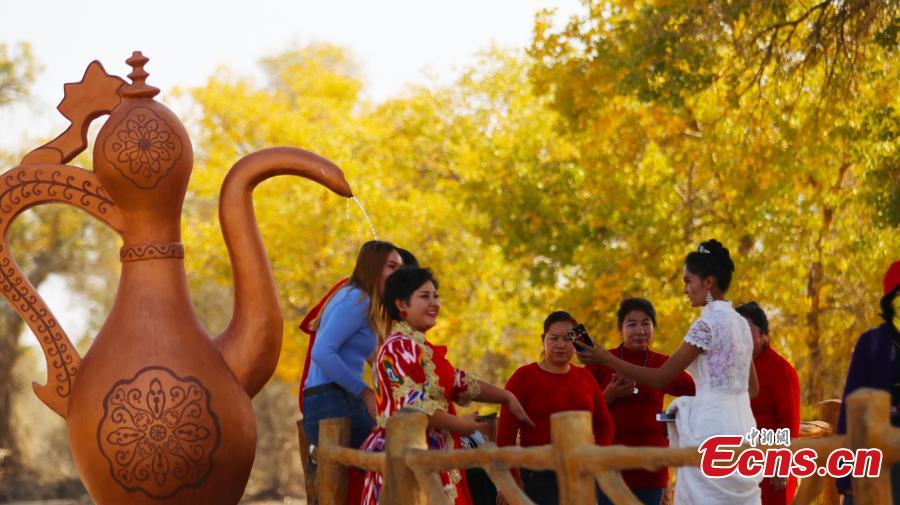
A view of a forest of desert poplar or populus euphratica in the lower reaches of the Tarim River in Luntan County, Northwest China's Xinjiang Uygur Autonomous Region. The county is home to 436,000 mu of desert poplar, making it one of the best places to appreciate the unique desert flora, especially in autumn when the tree's leaves turn yellow. Since 2000, local authorities have dispatched water 20 times to help conserve the ecology of the park, a national 4A-level (Chinese second highest rank for tourist attractions) scenic spot. (Photo/China News Service)
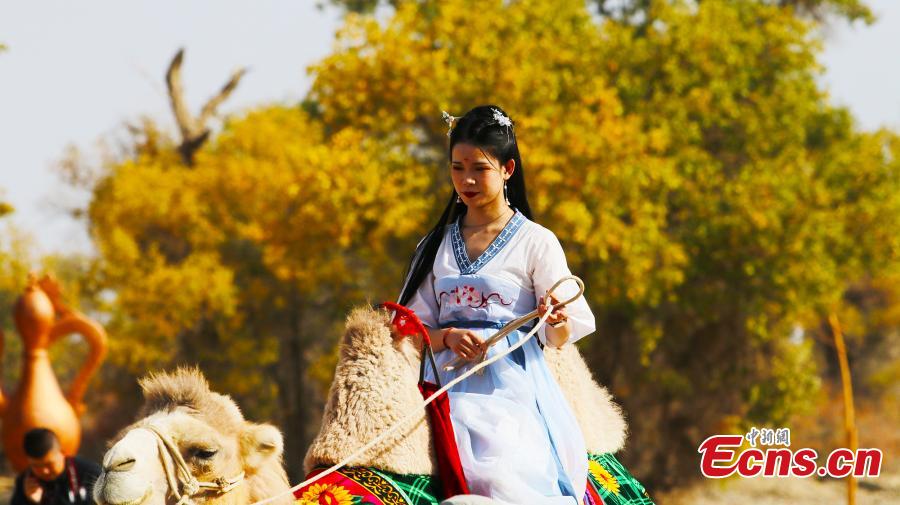
A view of a forest of desert poplar or populus euphratica in the lower reaches of the Tarim River in Luntan County, Northwest China's Xinjiang Uygur Autonomous Region. The county is home to 436,000 mu of desert poplar, making it one of the best places to appreciate the unique desert flora, especially in autumn when the tree's leaves turn yellow. Since 2000, local authorities have dispatched water 20 times to help conserve the ecology of the park, a national 4A-level (Chinese second highest rank for tourist attractions) scenic spot. (Photo/China News Service)

A view of a forest of desert poplar or populus euphratica in the lower reaches of the Tarim River in Luntan County, Northwest China's Xinjiang Uygur Autonomous Region. The county is home to 436,000 mu of desert poplar, making it one of the best places to appreciate the unique desert flora, especially in autumn when the tree's leaves turn yellow. Since 2000, local authorities have dispatched water 20 times to help conserve the ecology of the park, a national 4A-level (Chinese second highest rank for tourist attractions) scenic spot. (Photo/China News Service)













